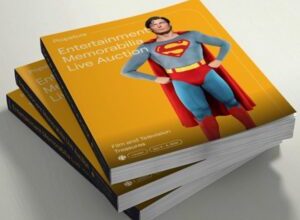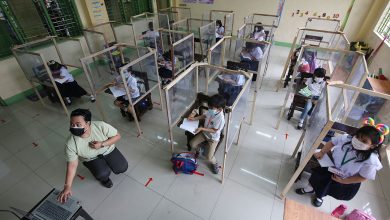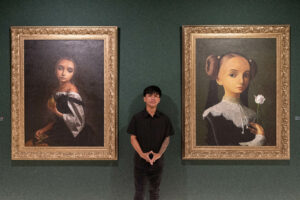[B-SIDE Podcast] Designing today

The Design Center of the Philippines (DCP), an agency under the Department of Trade and Industry that helps micro, small, and medium enterprises (MSMEs) through design, concluded its International Design Conference this September and its annual Design Week this November.
In this B-Side episode, Maria Rita “Rhea” O. Matute, executive director of the DCP, talks to BusinessWorld reporter Bronte H. Lacsamana about design thinking and innovation as a crisis response and DCP’s design economy mapping initiative called Design Counts.
“At the end of the day, what is the price that we’re paying for future generations?” said Ms. Matute. “I think that’s a conversation that governments of the world are [having] about investing and providing government funds to make these innovations reachable.”
TAKEAWAYS
The pandemic is a great disruptor.
The confluence of global crises like the pandemic, climate change, and plastic pollution shifted the priorities of designers, who responded by 3D-printing face masks and face shields for emergency health workers using digital fabrication laboratories and building isolation units for overwhelmed hospitals.
“Before, I guess people would have all these reasons why it can’t be done and the difficulties of it, but again the health emergency has made people bolder,” said Ms. Matute. “The urgency to providing solutions, it created this kind of a design sprint to a certain extent, to create new systems of logistics as well as creation of new products that were not being done before.”
The future depends on what you do today.
The theme of the International Design Conference in September was “The Future Is Now,” inspired by a quote attributed to Mahatma Gandhi — the future depends on what you do today.
“What we wanted [designers] to really take into account is, our future is made by the actions that are done today
She also quoted speakers from the conference, design research firm Curiosity founders Pamela G. Cajilig and Diego S. Maranan, who said design thinking should be driven by Filipino values like kapwa (fellow man), diskarte (strategy), and malasakit (concern).
With these, the Philippine design economy could move forward in its own way, but only if creative thinkers and designers would act now, she added.
Anything new is always expensive in the beginning.
Ms. Matute talked about the cost of innovation being unavoidable, suggesting that it should be addressed by the government which has the power to “de-risk.”
In other countries, it’s already being done: “It’s government that invests [in] these innovations that contribute to social good … It brings the price down. They create certain rebates or policies so that the companies that invest in these innovations can commercialize it at a more competitive rate.”
This doesn’t just apply to traditional examples of design like fashion, furniture, and graphic design, but also to more evolved products like systems, experiences, and user interfaces, she added.
There are weak links in the design innovation ecosystem.
Design Counts, a collaboration among DCP, the British Council, local research team Bayan Academy, and global research firm Nordicity, was able to map out the design innovation landscape in the Philippines through nationwide research and workshops.
While the full results will be released in December, Ms. Matute teased some of the findings — that education must be strengthened by teaching design thinking at the primary level and that gaps in collaboration must be bridged among components of the ecosystem.
“It’s understanding what the whole design innovation ecosystem is like and where are the weak links that slow down the interaction between players,” she said.
The results will inform recommendations for the National Design Policy for 2022-2027, with the goal to maximize design as a sector in the economy and as a driver of innovation in other sectors.
Recorded remotely this September. Produced by Bronte H. Lacsamana, Paolo L. Lopez, and Sam L. Marcelo.




